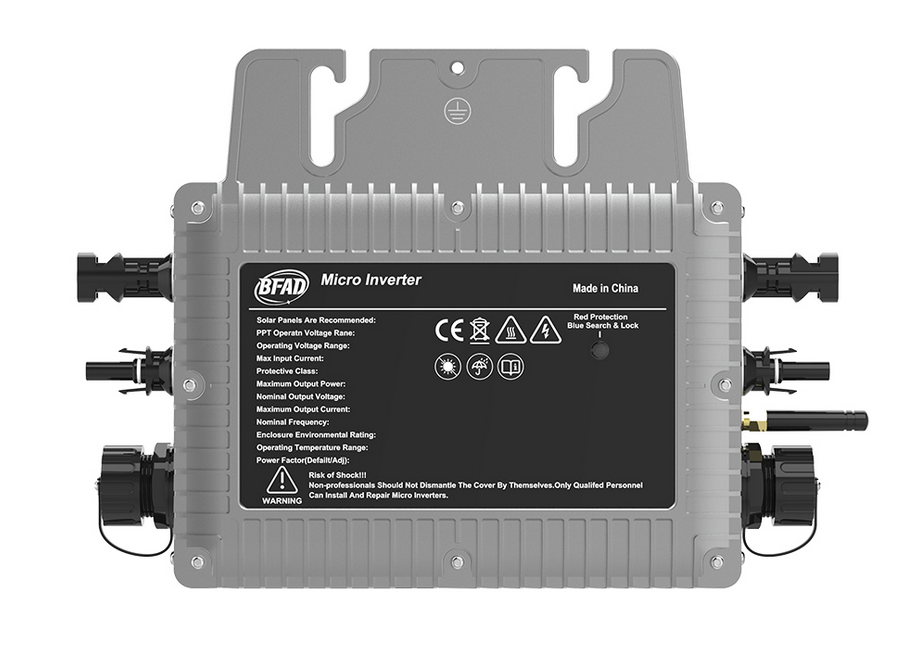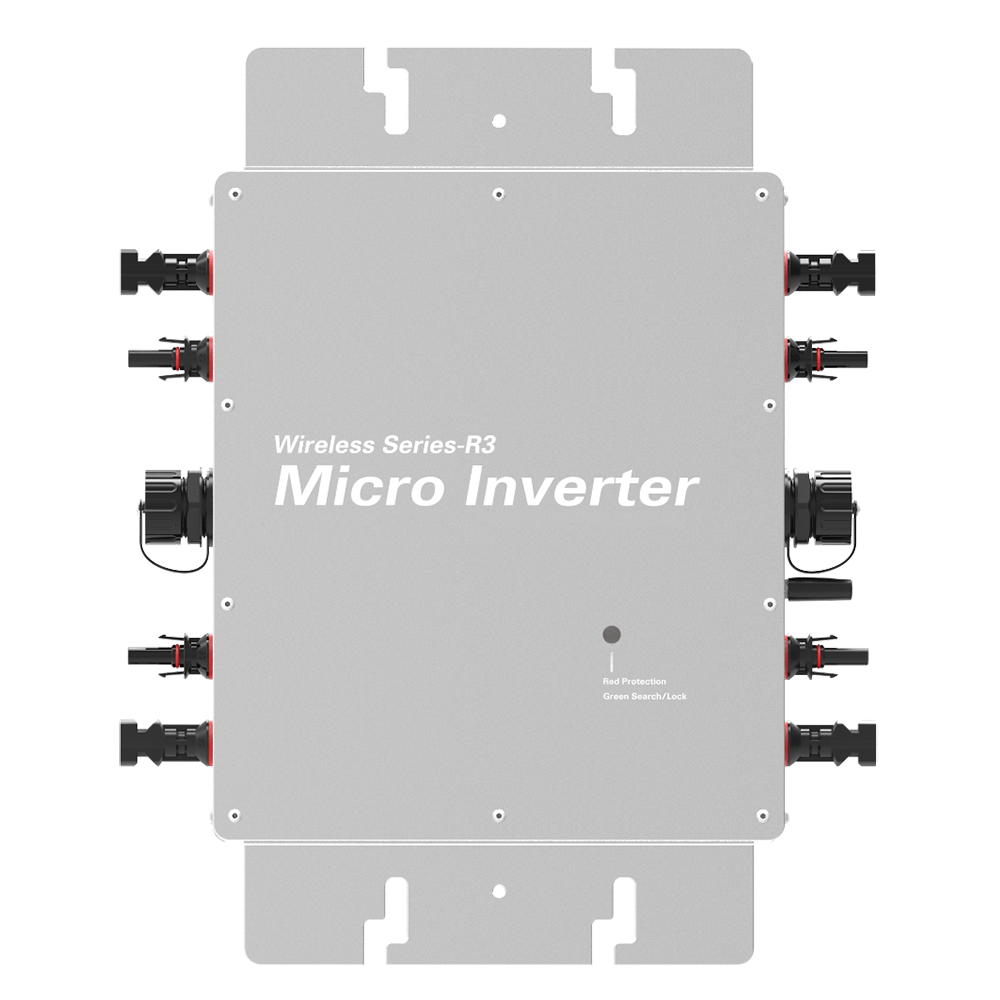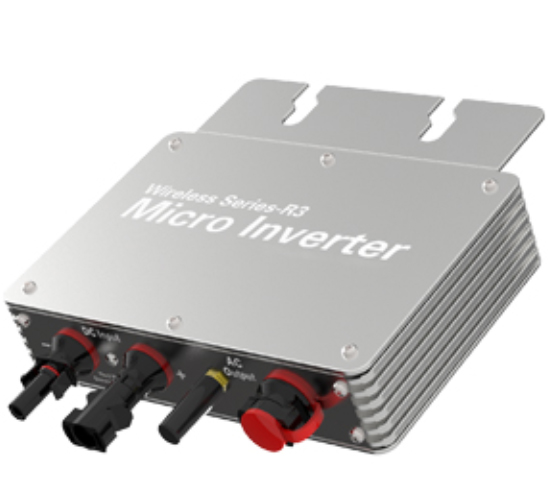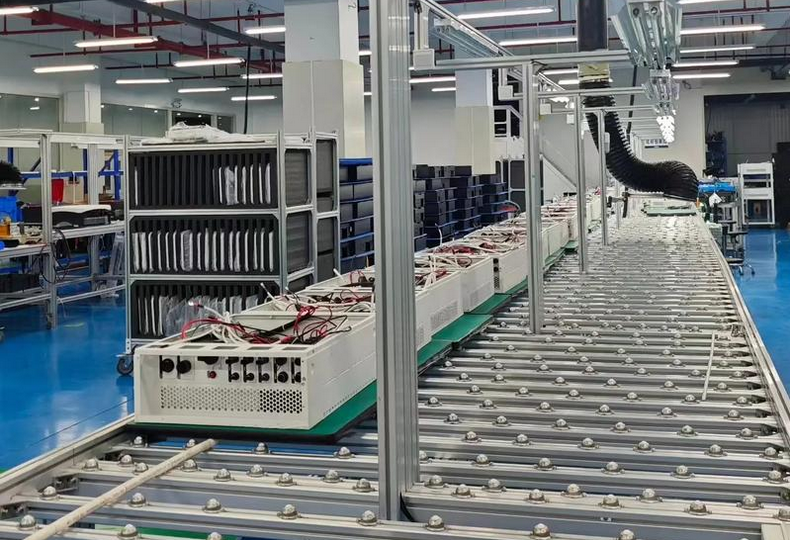The main function of the bidirectional inverter is to convert direct current energy into alternating current energy or convert alternating current energy into direct current energy. A bidirectional inverter usually consists of two inverters, one for converting DC energy into AC energy (inverter) and the other for converting AC energy into DC energy (rectifier). This design makes the bidirectional inverter can realize the bidirectional conversion of DC-AC and AC-DC, which has high flexibility and applicability.

The functional characteristics of the bidirectional inverter mainly include the following aspects:
Bidirectional conversion capability
Two-way inverter can convert DC power into AC power, and can also convert AC power into DC power, which can meet the needs of a variety of application scenarios.
High performance
The bidirectional inverter can reduce energy loss, improve energy utilization efficiency and save energy cost in the conversion process.
Stability and reliability
Two-way inverter has good stability and reliability, can continue to work stably, and has short circuit, overload, overtemperature and other protection functions to ensure the safe operation of equipment and systems.
regulatory
The bidirectional inverter can adjust the output voltage, frequency, current and other parameters through the control system to adapt to the needs of different loads and working conditions.
compatibility
Two-way inverters have good compatibility and can operate in tandem with other power equipment and systems, such as photovoltaic systems, energy storage systems, etc.
Automatic control
The bidirectional inverter can realize intelligent and automatic control, and realize remote monitoring and fault diagnosis of equipment through advanced control algorithm and communication technology.
In general, two-way inverters have a wide range of application prospects in the field of power, and can be applied to energy storage, electric vehicle charging, power system regulation, etc., which provides important technical support for the power needs of modern society.



